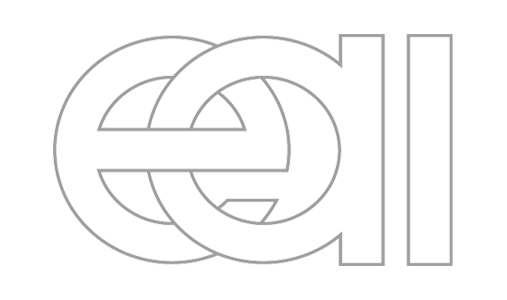"Vertigo" recounts three stories, allegedly based on postcard reproductions of Giuditta, a painting by Cristofano Allori; a photo of Lu Hsun on his way to deliver a speech at Kwanghua University, Shanghai, in 1927; and a photo of a jewel box made by Archibald Knox around 1900.
In "Psycho," the photographic image of two women is evocatively transformed through subtle transmutations of gesture and movement.
Created from a pastiche of cinematic, newsreel, animation and television images that are set against Bernard Hermann's evocative score, the "endless beginnings" of Hitchcock's "Torn Curtain" reveal a continuous series of curtains opening.
Description
In The Hitchcock Trilogy, Tajiri uses Bernard Hermann's evocative scores for Hitchcock's films to create a compelling series of deconstructive "meta-narratives." Collapsing these emblematic scores with her own texts, she creates a layered "hall of mirrors" of stories within stories, using the cinematic soundtracks to recast the meaning of the "dramatic narrative." "Vertigo" recounts three stories, allegedly based on postcard reproductions of Giuditta, a painting by Cristofano Allori; a photo of Lu Hsun on his way to deliver a speech at Kwanghua University, Shanghai, in 1927; and a photo of a jewel box made by Archibald Knox around 1900. No images appear; the viewer sees Tajiri's narratives as written texts that scroll down the screen. In "Psycho," the photographic image of two women is evocatively transformed through subtle transmutations of gesture and movement. Created from a pastiche of cinematic, newsreel, animation and television images, the "endless beginnings" of "Torn Curtain" reveal a continuous series of curtains opening.
"Vertigo": Music: Bernard Hermann. Assistance: Mary Ann Toman, Irit Batsry.
"Psycho": Music: Bernard Hermann. Director: Rea Tajiri. With: Gabrielle Fell, Kate Foley. Camera: Howard Better, Rea Tajiri. Lighting: Andrea Dorman. Editor: Rea Tajiri. Assistance: Irit Batsry, Mary Ann Toman.
"Torn Curtain": Music: Bernard Hermann. Stock footage provided by Petrified Films. Text: Tim Kennedy. Editors: Rea Tajiri, David Blair.

